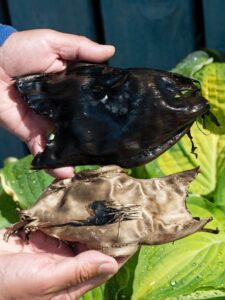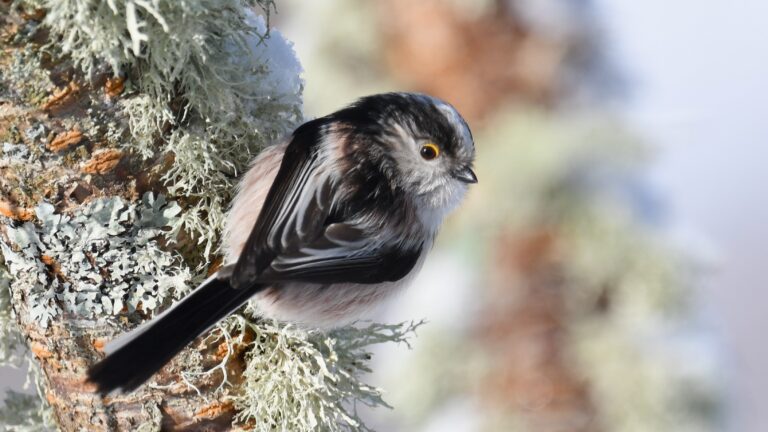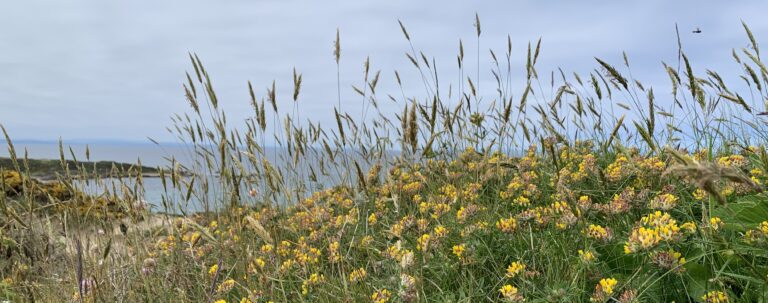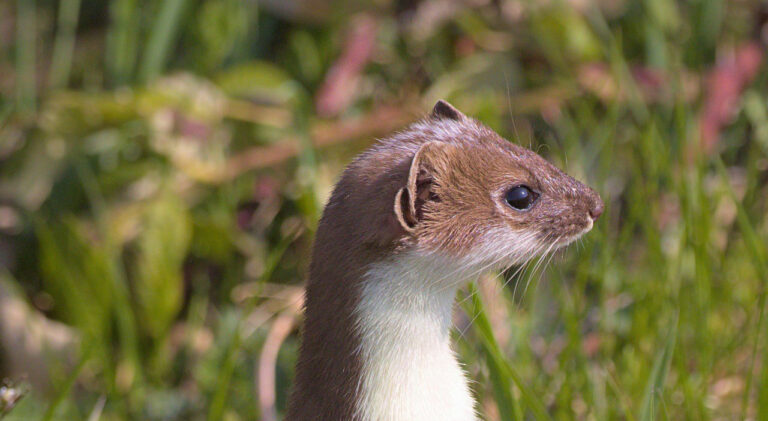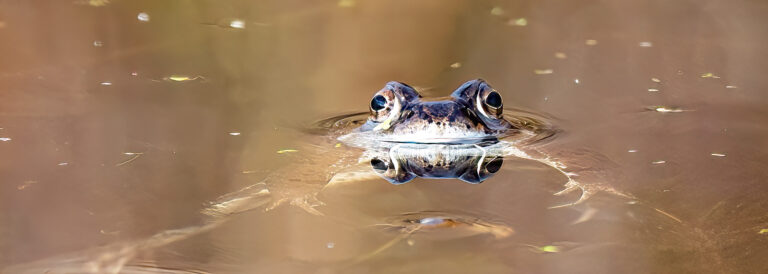Status: Critically Endangered
Flapper skates occur in the northern North Sea and off Scotland’s north-west coast, they belong to the Elasmobranch or shark family. Instead of bones they have a skeleton formed of cartilage. Adult flapper skates can reach up to 2.8m in length and 2m wide, females, being the slightly larger of the species, can weigh up to 100kg. They are one of the largest skate species in the world and have a lifespan of up to 100 years.
They take approx. 11 years to reach sexual maturity and females breed every other year, mating in Spring and laying up to 40 eggs, with an incubation period of over a year. All skates and rays lay egg cases or ‘mermaid purses’, these protective capsules contain a large yolk to sustain the embryo and allow dissolved oxygen to filter through.
Populations have suffered from damaging fishing practices such as dredging and also as bycatch. The species life strategy; late maturity, vulnerable reproductive process and fewer young, affords slow recovery from population decline.
Signs to look out for:
It is rare to find a dead flapper skate washed up, but often their empty egg cases can be found on the strandline, often tangled in amongst seaweed and difficult to see.
They are large between 14-28cm long and 10-14cm wide. When dry they are smaller and have a golden ‘bark’ exterior making them look like plant material.
Egg cases can be found along our coastline and reporting the finds can provide useful data about breeding. For all egg case finds contact the Shark Trust.
Further links:
- Video of an adult flapper skate swimming. https://www.youtube.com/watch?v=sdcxiMjrUu8.
- An example of another skate species hatching. https://www.youtube.com/watch?v=TGz9kVf9mfY.
- More information on identification and how to make your record count can be found at: https://www.sharktrust.org/great-eggcase-hunt

